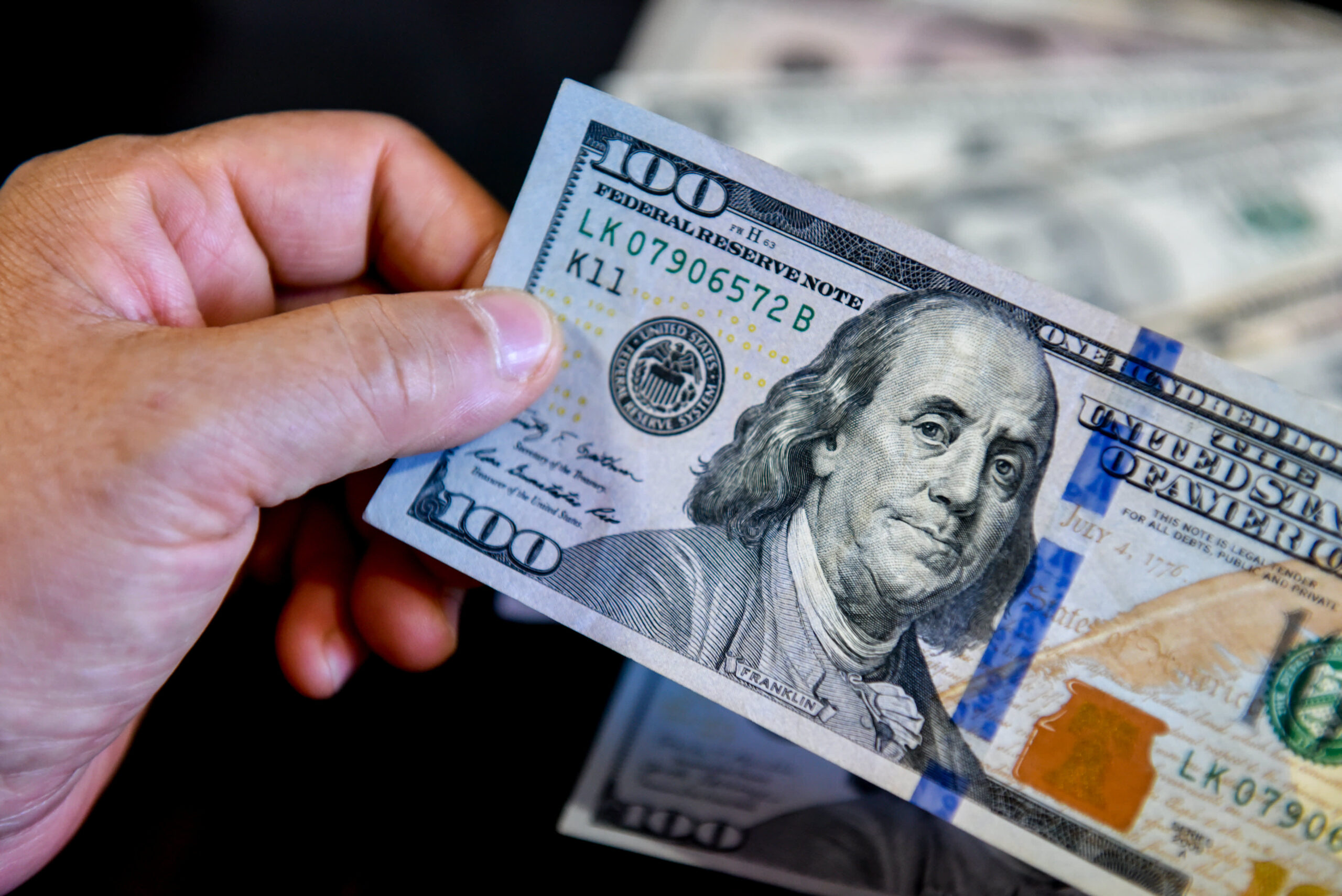As traders watched new economic data in the next week to predict the future course of policy rates, the U.S. dollar started the last week of November weaker than it had been all year and was headed for its worst monthly decline in a year.
This week’s schedule includes an OPEC+ meeting that has been postponed, the publication of the Federal Reserve’s monitored inflation measure, consumer price data from Australia and the euro zone, a rate decision from the Reserve Bank of New Zealand, and Chinese PMI data.
The dollar index, which compares the value of the currency to six important rivals, fell as much as 0.2% to 103.22 and was on track to lose more than 3% on a monthly basis, marking its worst showing in a year.
According to Colin Asher, senior economist at Mizuho Bank, “it’s expected that U.S. rates have peaked, which suggests it’s time to get out of the dollar.”
“U.S. equities have now completed four weeks in a row of gains and that’s also weighing on safe-haven demand for the dollar,” Asher stated.
After the Thanksgiving hiatus ended late last week, traders resumed observing a high in US interest rates and focused on the potential timing of the first rate reduction. This week’s publication of US core PCE prices is expected to provide more insights into the Fed’s potential course of action.
“Insofar as CPI inflation rates across much of the G10 are still above central bank targets, there is a strong incentive for policymakers to support the ‘higher for longer’ theme since higher market rates will help in the battle against inflation,” Jane Foley, senior FX strategist at Rabobank, said.
“Investors, however, are looking through this policy and appear increasingly pre-occupied about betting on the timing and pace of rate cuts next year.”
The CME FedWatch tool indicates that market pricing indicates a roughly 23 percent likelihood that the Fed may start relaxing monetary policy as early as March.
As a result of statistics indicating that British businesses surprisingly reported a small return to growth in November following three months of decline, the British pound strengthened against the lower dollar and reached a two-month high of $1.2627.
“The most recent PMI data were good in the UK, implying that things are not as quite bleak as they seemed,” Mizuho’s Asher said.
With a gain of around 3.8% for the month, the pound was expected to have its biggest monthly gain since November of last year, when it rose by more than 5%.
The kiwi gained 0.1% to $0.6091 ahead of the RBNZ interest rate decision on Wednesday, where the central bank is expected to maintain rates at 5.5%, as they have since the last adjustment in May. The Australian dollar surged to a more than three-month high of $0.66.
After five straight sessions of gains, the official midpoint caused the yuan to weaken in China. The onshore yuan last traded at 7.1518 per dollar.
The offshore equivalent of the dollar dropped 0.1% to $7.1579.
The People’s Bank of China fixed the midpoint rate, or the price at which the yuan can trade in a 2% zone, at 7.1159 per dollar before the market opened. This rate was 8 pips weaker than the previous fix of 7.1151.

